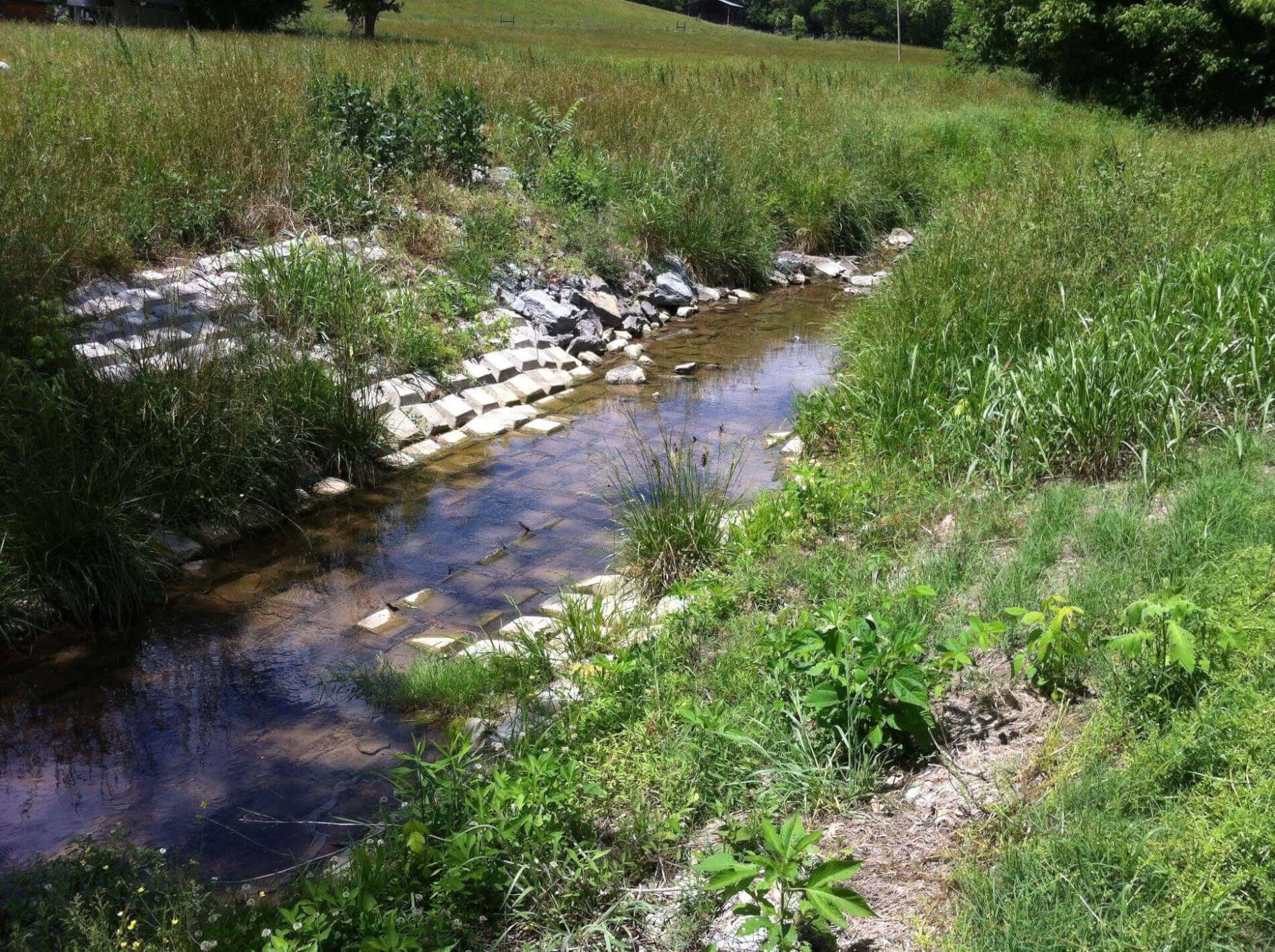When installing oil and gas pipelines, many companies have to run their pipeline through wetlands. One of the most significant challenges they face is sediment and pipeline erosion control for wetland crossings. Companies could consider taking tips seen in the Erosion and Sediment Control Plan from the Pennsylvania Pipeline Project.
The Importance of Preparing For Erosion Control
When installing a pipeline, it is inevitable that erosion will occur. Many oil and gas pipeline companies address these pipeline erosion control problems before they arise and are prepared when erosion begins to occur.
Investing in pipeline erosion control measures now saves companies time and money in the long run. It can be incredibly costly to repair exposed pipeline. Taking preventative actions beforehand is an investment in the future success and longevity of the pipeline.
Tips and Guides to Consider
If companies are worried about sediment and pipeline erosion in low-lying wetland crossings, there are numerous tips and guidelines they can consider. Many of these tips are courtesy of the Erosion and Sediment Control Plan drawn up for the Pennsylvania Pipeline Project.
First and foremost is safety. Companies must be cautious about when they work. They should not work in wetlands when there is inclement weather; w. Wetland crossings are particularly vulnerable when there isduring heavy rain. Digging during these times could be particularly troublesome. The cost of delaying the project pales in comparison to the cost of having to invest in reactive erosion control efforts.
Companies should also consider completing all wetland crossings while completing the mainline installation. This helps to control pipeline erosion during the project. Additionally, those laying the pipeline should have measures to remove sediment from pumped water. They should install these facilities along the stream crossing site before they begin trenching for the pipe. Also, they should not remove these facilities until all trench backfilling is complete.
Lastly, companies should install temporary timber mats at wetland crossings. This equipment should meet local and state ordinances.
Submar Articulated Concrete Mats
One of the most excellent options that companies have at their disposal to help mitigate pipeline erosion in wetland crossings is the Submar mat. These concrete mats can be placed on top of a pipeline, at the bottom of the wetland, or alongside weak banks. The mats have holes that promote vegetative growth, preventing further erosion.
The mats are relatively thin, making them a perfect choice for use in low-lying wetland crossings. They are also affordable and easy to install. Companies should choose to install the mats when installing their pipelines to help restore the natural environment as soon as possible after construction is complete. Learn more about how Submar can help: https://submar.com/services/


